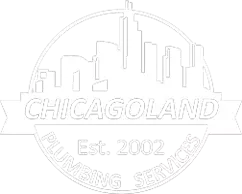
Protect Your Home & Your Family's Health
Zoeller M264 Ejector Pump Installation
Service Description
Ensure your home's plumbing system operates smoothly with our professional installation service for the Zoeller M264 ejector pump. The Zoeller M264 is built with durability and reliability in mind, featuring a 4/10 HP motor and a robust cast iron construction. Its vortex impeller design efficiently handles 2-inch spherical solids, reducing the risk of clogs and ensuring consistent operation. Additionally, the M264 comes with a corrosion-resistant powder-coated epoxy finish, enhancing its longevity even in the harshest conditions.
Recognize the Signs of a Failing Ejector Pump
Recognize the Signs of a Failing Ejector Pump
Understanding the warning signs of a failing ejector pump can prevent major plumbing emergencies and costly repairs. By being aware of these common indicators, you can take swift action to safeguard your home from sewage backups and basement flooding.
Understanding Ejector Pumps
What is an Ejector Pump?
An ejector pump is a critical component in many homes, particularly those with basements or bathrooms located below the main sewer line. This powerful device is designed to remove wastewater and sewage from lower levels, ensuring your plumbing system runs smoothly and efficiently. By collecting wastewater from lower-level fixtures and pumping it up to the main sewer line or septic tank, an ejector pump prevents significant issues such as backups, flooding, and unpleasant odors, thereby maintaining sanitary conditions in your home.
- Prevents Basebment Flooding
- Avoids Plumbing Backups
- Maintains Sanitary Conditions
- Essential for Below-Grade Plumbing
:format(webp):width(800))
Ready To Be Even More Protected?
Chat with one of our experts to learn more about how an ejector pump from Zoeller can protect your home and your family's health.
Detailed Answers to Common Ejector Pump Questions
Ejector Pump Installation: Key Information
For those looking to understand more about ejector pump installation, this FAQ section provides critical information about the process, benefits, and maintenance. Here are the most frequently asked questions and their answers.

